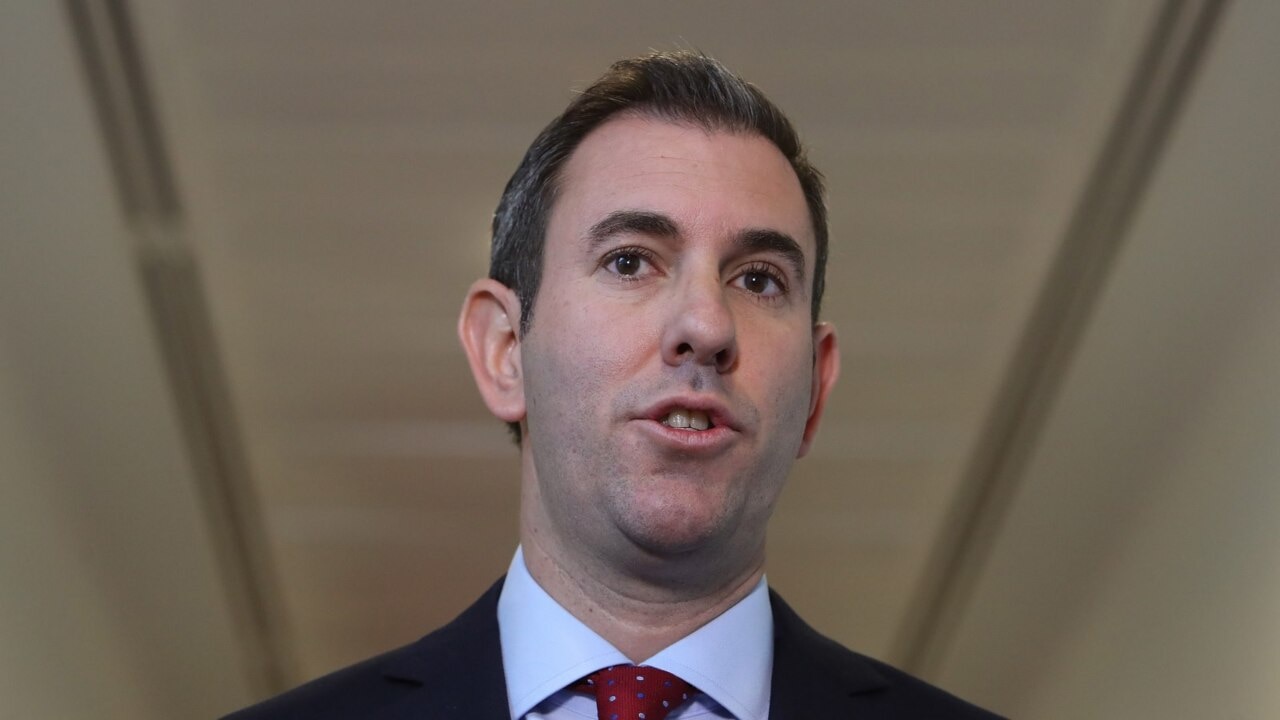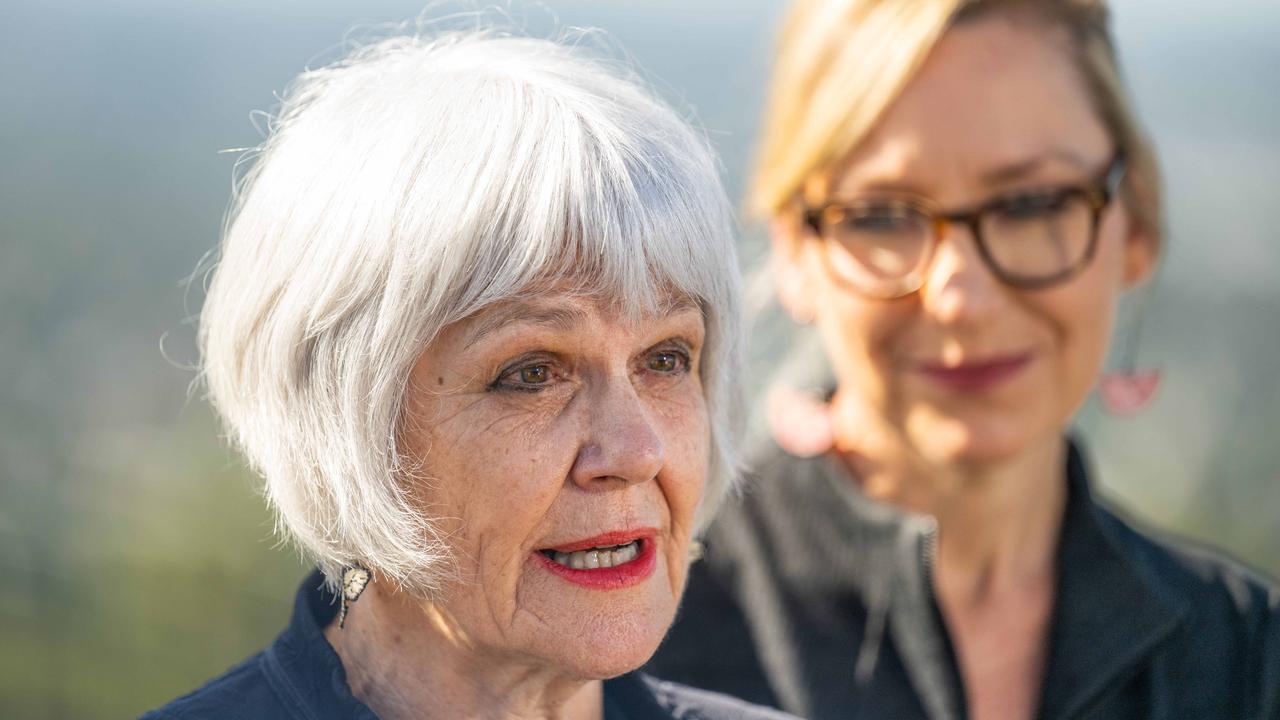Bupa the worst aged-care failure
Bupa is the worst-performing aged-care provider in Australia three years after a royal commission exposed systemic abuse in its residential homes, new data reveals.

Bupa is the worst-performing aged-care provider in Australia three years after a royal commission exposed its shocking track record of systemic abuse in residential homes, new data reveals.
An investigation into aged-care operators penalised by the watchdog has found the private aged-care provider is underperforming at a rate vastly higher than all others.
Data from the Aged Care Quality and Safety Commission has revealed Bupa, which has 59 active homes, received 28 penalties from January 2020 to September 30 this year for noncompliance notices, sanctions and notices requiring the provider to fix high-risk or severe problems.
The embattled operator faced widespread public scrutiny after the Royal Commission into Aged Care Quality and Safety found a third of Bupa’s facilities were deemed to be a “serious risk” to residents, with public hearings exposing horror stories of sexual abuse, assault, medical mismanagement and maggots growing in wounds.
The provider operates facilities in Australia and New Zealand with a total asset value of $49bn. Bupa ANZ boasted an underlying profit of $407m in FY2021, up 69 per cent from $240m the year before.
The private provider has faced similar problems in its UK headquarters after a court ordered it to pay £3m over the death of a pensioner at a nursing home in Essex.
In Australia, Bupa ANZ was also forced to pay a $6m fine and $18.3m in compensation after the Federal Court in 2020 ruled its aged-care arm had charged over 600 nursing home residents for services they did not fully receive.
By comparison, the second-worst performer is Victorian not-for-profit provider Royal Freemasons, which received a total of nine penalties across 37 services.
Not-for-profit providers are disproportionately represented in the list of the worst performers despite injecting all government subsidies back into homes rather than into shareholder dividends or tax.

Seven of the worst-performing aged-care facilities operate under a not-for-profit model, including RSL LifeCare Limited, St Vincent’s Care Services, Calvary Aged Care Services, Allity and the Bethanie Group.
After Bupa, the two worst-performing providers in the for-profit sector are Regis Aged Care and Blue Cross Community Care.
Aged Care Minister Anika Wells said the commission’s sanctions highlighted the providers who were not delivering the high-quality care “older Australians deserved”, and called on providers to implement solutions rather than “admiring the scale and complexity of the problem”.
“While many providers are showing excellence in aged care, and are doing the right thing, unfortunately the commission’s sanctions reflect that not all are delivering the high-quality care our older Australians deserve,” Ms Wells said. “Providers need to embrace obligations the royal commission set out and do all they can to improve.”
Opposition aged care spokeswoman Anne Ruston called on the government to investigate all examples where operators are failing to provide appropriate care, and outline how it will alleviate workforce shortages across the country.
Senator Ruston said the government was “missing in action” despite being elected on a platform to fix the aged-care crisis.
“Any situation where an older Australian is not receiving the appropriate level of care must be investigated to ensure that these situations do not continue to occur,” Senator Ruston said.
“The Albanese government must release the advice they have received from the Aged Care Quality and Safety Commissioner and outline how they are going to tangibly support aged-care facilities to ensure that they are appropriately resourced to provide the high level of care that residents deserve.

“These situations highlight why it’s so important to address the current care workforce shortages that we are seeing across the country, especially in regional, rural and remote Australia.”
The Aged Care Quality and Safety Commission cracked down on the sector after the royal commission found substandard care and abuse “pervaded” the system, and exposed systemic abuse and negligence. Since then, aged-care homes are audited across new quality standards covering consumer dignity, personal care, daily services, clinical care and organisational governance.
The harshest penalty is a sanction, when the watchdog finds an “immediate or severe risk” to the health, safety or wellbeing of the clients.
Not-for-profit providers make up the largest portion of the market (56 per cent), but there has been rapid growth in the number of for-profit providers over the past two decades. Bupa, Opal, Regis and Estia are among the largest private providers annually, with the for-profit sector accounting for 33 per cent of providers.
A spokeswoman for Bupa said it was committed to providing high-quality care; however, ongoing workforce challenges had severely impacted its operations.
She said Bupa had implemented changes to its operating model, including investment in new systems, redirecting resources into its homes and introducing programs to attract people into the sector.
“There has been unprecedented pressure on the aged-care sector due to the pandemic, resulting in many employees leaving the sector,” the spokeswoman said.
“These workforce challenges continue to be a critical factor, along with limited funding. Notwithstanding these pressures, our dedicated team is making a difference, with our most recent resident and family survey, with 4000 responses, achieving our highest-ever feedback scores of 93 per cent satisfaction.”





To join the conversation, please log in. Don't have an account? Register
Join the conversation, you are commenting as Logout